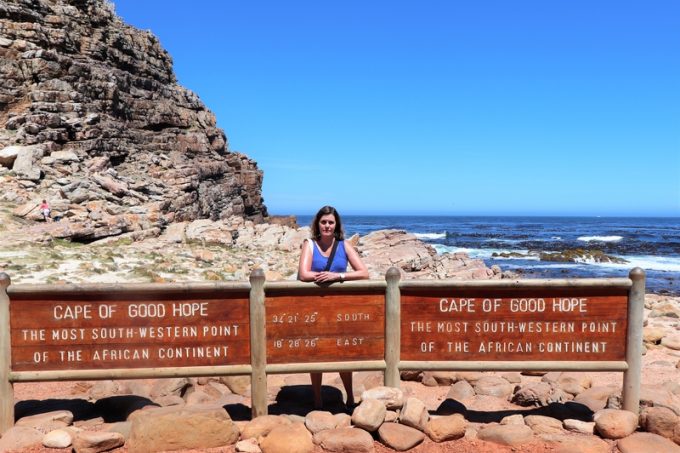Opposition builds for final hearing on US plan to tax Chinese box ship calls
US importers and shippers await the outcome of the final hearing on the new administration’s ...

This story was altered at 2:15 on 14 December.
Carriers hit by slow demand, causing overcapacity and plummeting freight rates, are diverting Europe-to-Asia vessels around the Cape of Good Hope, effectively cutting capacity, but increasing greenhouse gas (GHG) emissions and saving on canal fees.
In its weekly ...

Comment on this article